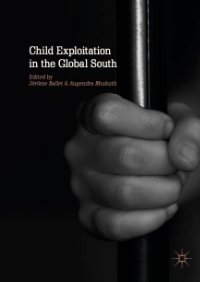By Anne M. Nurse
Most people get information about child sexual abuse from media coverage, social movements, or conversations with family and friends. Confronting Child Sexual Abuse describes how these forces shape our views of victims and offenders, while also providing an in-depth look at prevention efforts and current research. Sociologist Anne Nurse has synthesized studies spanning the fields of psychology, sociology, communications, criminology, and political science to produce this nuanced, accessible, and up-to-date account. Topics include the prevalence of abuse, the impact of abuse on victims and families, offender characteristics, abuse in institutions, and the efficacy of treatments. Written for people who care for kids, for students considering careers in criminal justice or human services, and for anyone seeking information about this devastating issue, Nurse’s book offers new public policy ideas as well as practical suggestions on how to engage in prevention work. Interactive links to studies, videos, and podcasts connect readers to further resources.
Ann Arbor, MI: Lever Press, 2020. 319p.





















